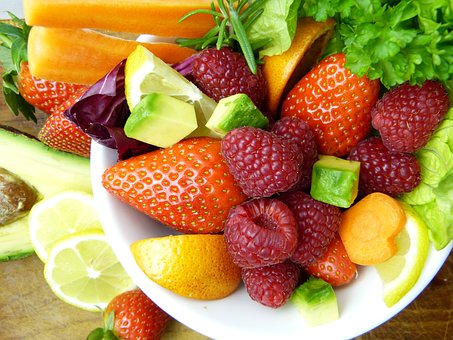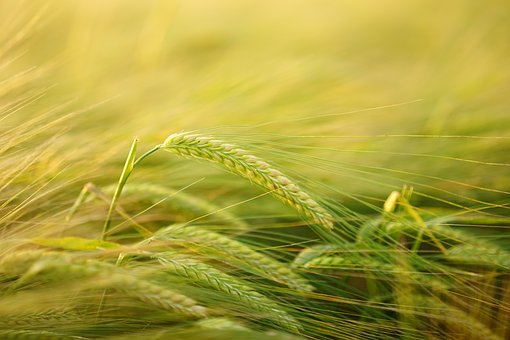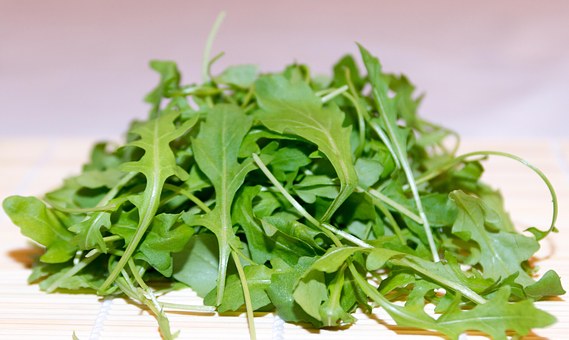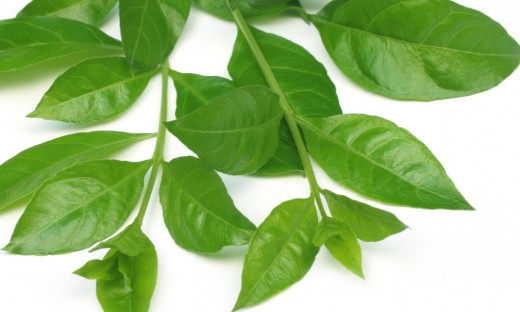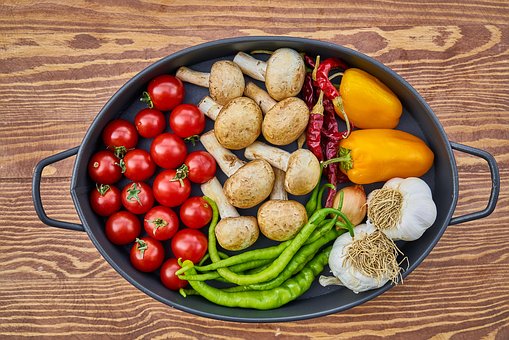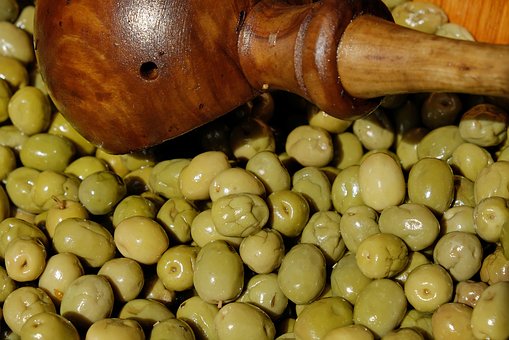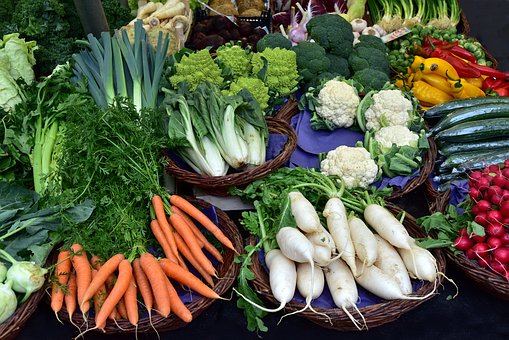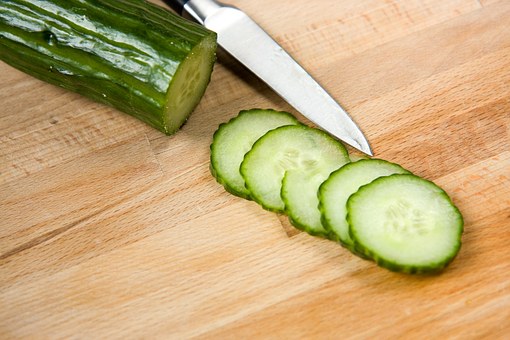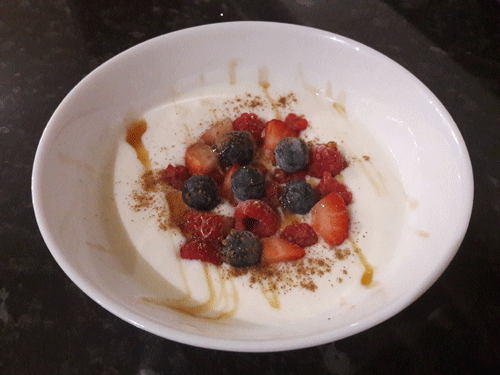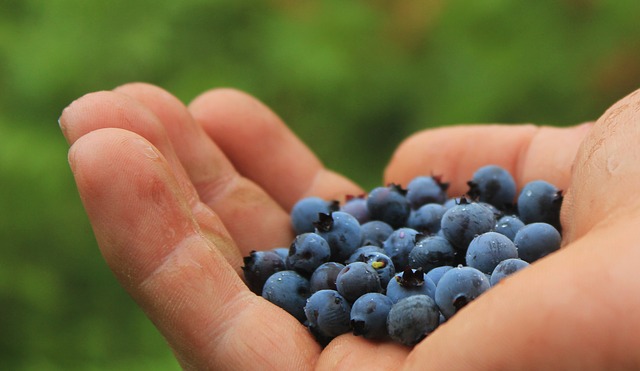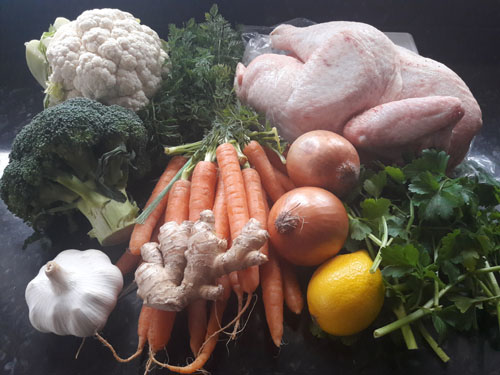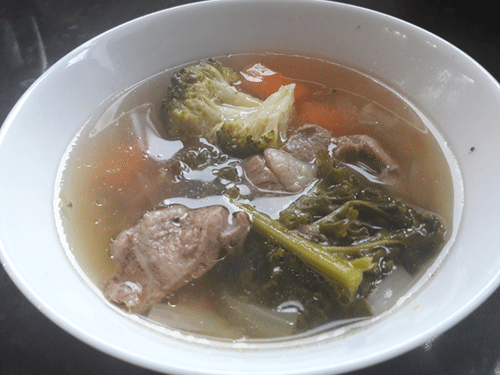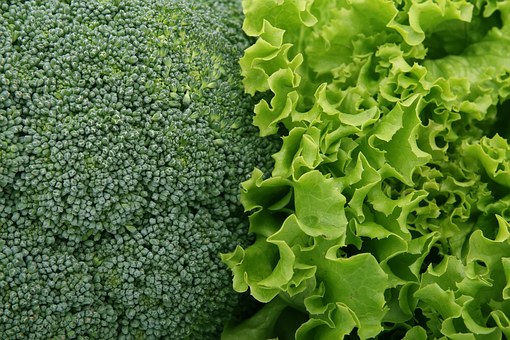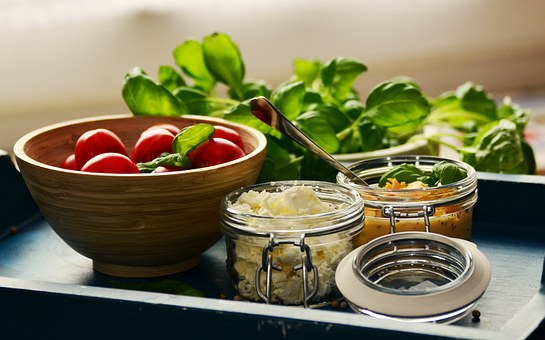Mustard Seeds Help to Remove Harmful Toxins
© HealthyMuslim. See Terms and Conditions
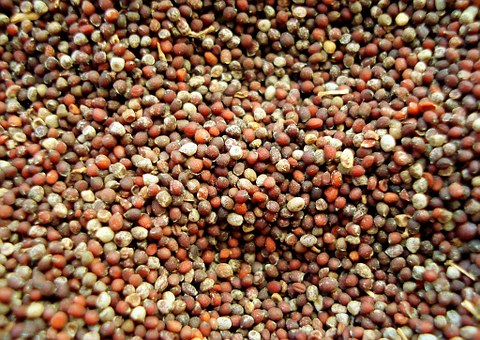
Mustard seeds are from the mustard plant, which is a cruciferous vegetable related to broccoli, Brussels sprouts and cabbage. There are three types of mustard seed: black, white and brown. Black mustard seeds have the most pungent taste, while white mustard seeds (which are actually yellow in color), are the most mild and are the ones used to make yellow mustard paste. Brown mustard has a pungent taste and is the type used to make Dijon mustard.
Mustard seeds are a very good source of two key nutrients, selenium and magnesium. These both help to reduce inflammation in the lungs and ease the symptoms of asthma.
In addition to these minerals, mustard seeds are also a very good source of omega-3 fatty acids as well as a good source of calcium, manganese, protein, niacin and dietary fiber. They also contain small amounts of immunity-boosting minerals, including blood-enhancing iron and the antioxidant zinc, as well as B-vitamins.
The potent volatile oils present in these seeds make them useful for helping to fight off colds. These oils stimulate the circulation and encourage sweating, helping to expel harmful toxins from the body.
Less commonly used than the seeds, mustard leaves are rich in other nutrients, including Vitamin C and Beta-carotene, which improve lung function and are potent antioxidants.
Tips for Using Mustard
- Mustard is available in many forms, including whole mustard seeds, a paste, a powder, oil and mustard leaves.
- Frying the seeds makes them less fiery and more nutty.
- Add mustard seeds to curries, soups and stews, and use the paste in dressings.
References
- Thimmulappa RK, Mai KH, Srisuma S et al. Identification of Nrf2-regulated genes induced by the chemopreventive agent sulforaphane by oligonucleotide microarray. Cancer Res 2002 Sep 15;62(18):5196-5203 2002.
Link to this article: Show: HTML Link • Full Link • Short Link
Share or Bookmark this page: You will need to have an account with the selected service in order to post links or bookmark this page.





|
Related Articles:
Add a Comment
You must be registered and logged in to comment.
Most Popular
Latest Articles
Popular Subjects
Health, fitness and longevity
Based upon the principles of health
in the Qur'an and Prophetic Traditions.
HealthyMuslim.Com
There are two bounties in which
most people lose out: good health
and free time. Al-Bukhari.





